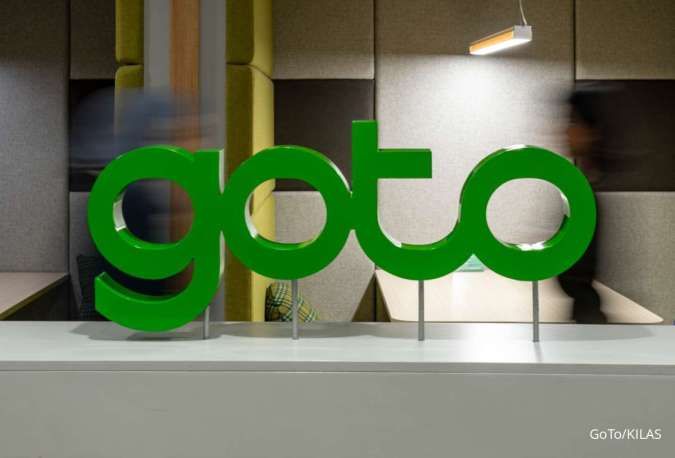KONTAN.CO.ID - JAKARTA. The Meteorology, Climatology and Geophysics Agency (BMKG) has explained the tornado that hit the municipality of Bogor in West Java, killing a resident, toppling 20 trees and damaging 848 houses and five vehicles. “A tornado is a natural and commonly occurring weather phenomenon,” BMKG spokesman Hary Djatmiko explained on Friday. A tornado is usually preceded by a short duration of heavy rain with lightning and strong wind. In Indonesia, it commonly occurs during seasonal transition, either from the dry season to the rainy season or vice versa, as well as during the rainy season when the morning was sunny and hot, Hary said in a written statement made available to The Jakarta Post.
First rain after dry days could cause tornadoes at this time of year: BMKG
KONTAN.CO.ID - JAKARTA. The Meteorology, Climatology and Geophysics Agency (BMKG) has explained the tornado that hit the municipality of Bogor in West Java, killing a resident, toppling 20 trees and damaging 848 houses and five vehicles. “A tornado is a natural and commonly occurring weather phenomenon,” BMKG spokesman Hary Djatmiko explained on Friday. A tornado is usually preceded by a short duration of heavy rain with lightning and strong wind. In Indonesia, it commonly occurs during seasonal transition, either from the dry season to the rainy season or vice versa, as well as during the rainy season when the morning was sunny and hot, Hary said in a written statement made available to The Jakarta Post.




